Test Drive of the Porsche Cayenne Coupe (Part 2)|How Does the Engine and Driving Feel?
公開日:2020.06.27
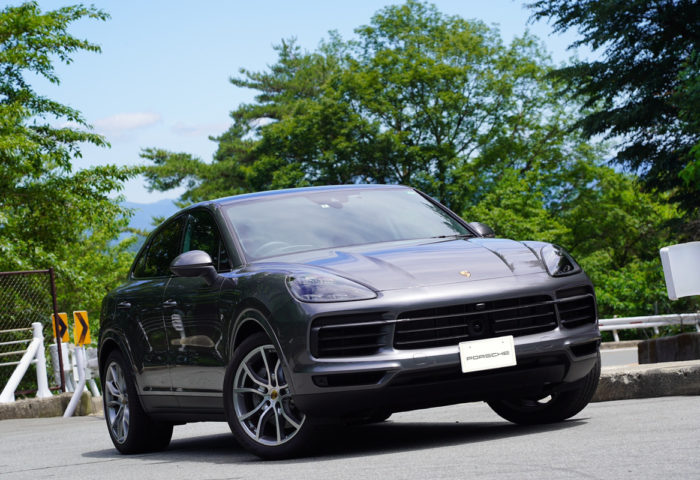
Recently, I published the first part of my test drive report on the Cayenne Coupe, and now, at last, I’d like to share my husband’s impressions (Part 2) that you’ve been waiting for.
On a rare sunny break during the rainy season, we were fortunate to have the chance to test drive the new Cayenne Coupe. The grade was the S model, officially named the “Cayenne S Coupe.”
Compared to the standard Cayenne, which is not a coupe, it features a more gradual roofline and a slightly lower overall height, giving it a much sportier, low and wide stance. The side silhouette closely resembles the traditional roofline of the Porsche 911. Especially when compared side-by-side with the standard Cayenne, the difference is immediately obvious.
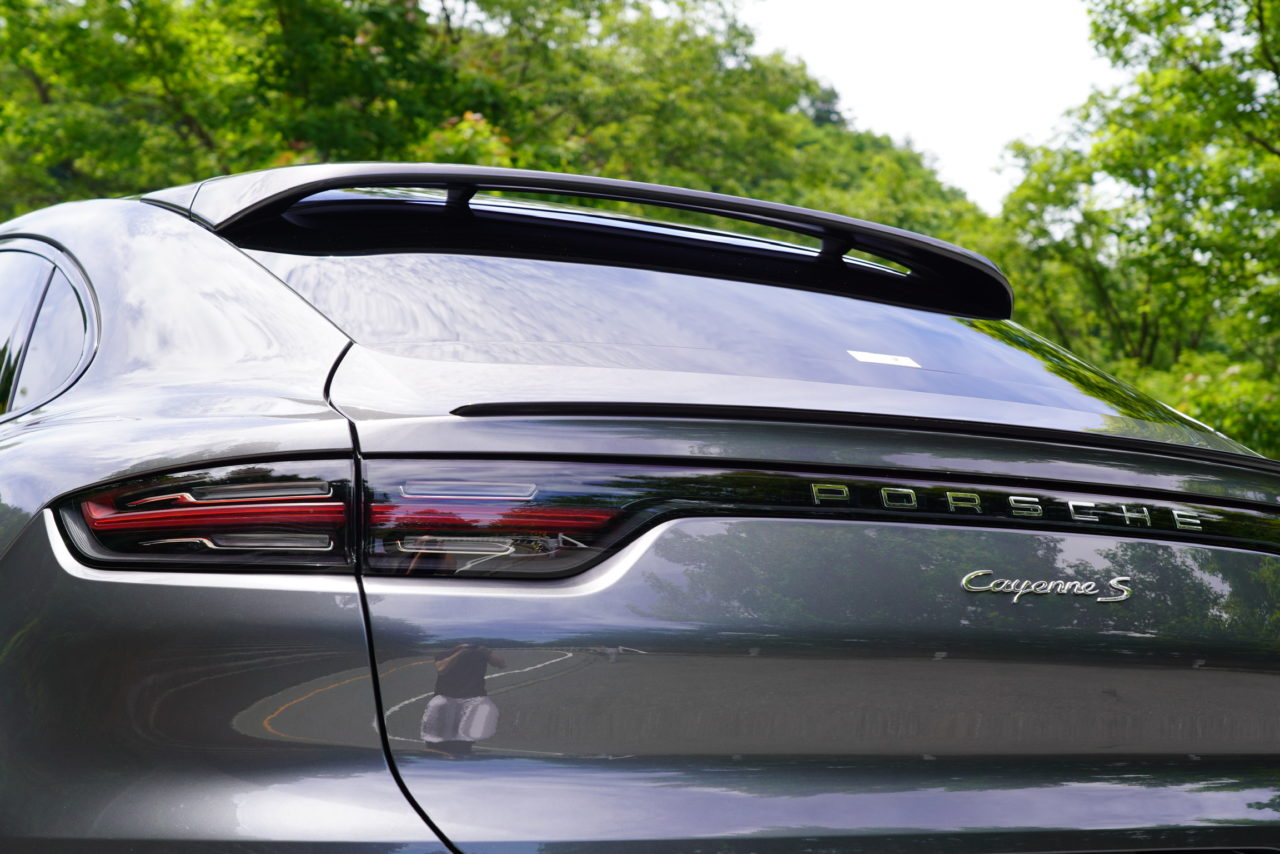
I had previously test-driven the standard Cayenne, which was the base model, so this time I wanted to focus on how much the S differs from the base, and how the optional features affect the driving experience.
Cayenne S Coupe
This Cayenne S Coupe is equipped with a 2.9L V6 engine, which is said to be a masterpiece designed entirely in-house by Porsche without Volkswagen’s assistance. The last time I experienced this engine was when I test drove the current Panamera 4S, and I personally had a very favorable impression.
At that time, the lively V6 sound was memorable, and the engine’s revving felt very sporty and light on its feet. This time, since it’s installed in the Cayenne rather than the Panamera, I was curious to see how it was tuned as I turned the ignition switch.
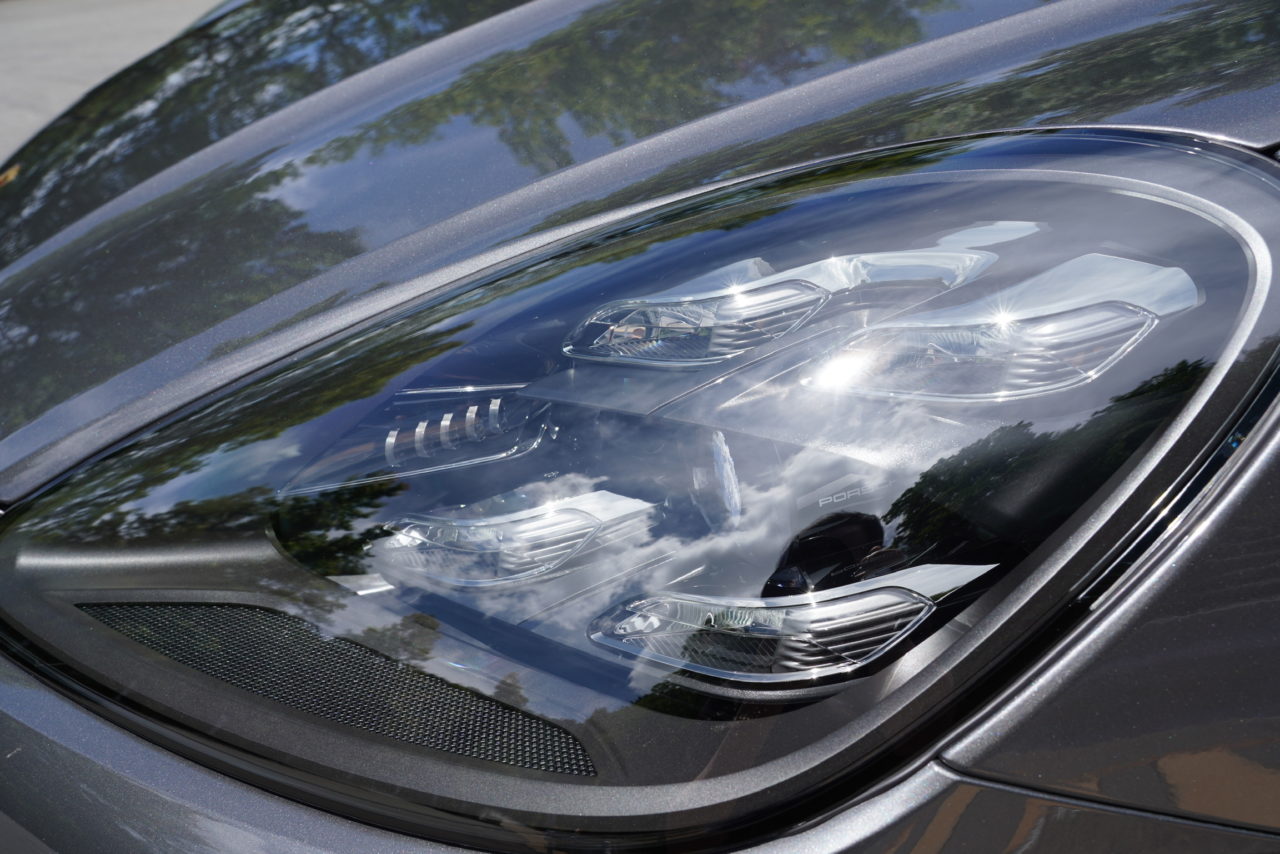
The startup sound of the base Cayenne I drove before (with a 3-liter V6) was very quiet, so I deliberately listened closely. Then, the V6 engine awakened with a light “fohn!” sound.
Unlike other Porsches that roar with a “bwooon!” as the tach needle jumps up, this is a gentler awakening. It’s louder than the base Cayenne but still very refined. Considering this car is equipped with the sport exhaust, its quietness was surprising.
That said, it’s still more assertive than a typical passenger car or sedan.
Gently resting my foot on the accelerator and pressing down, I immediately noticed a difference from the base Cayenne. Although my memory is a bit hazy, the base Cayenne’s accelerator pedal felt lighter. In contrast, this Cayenne S Coupe’s accelerator pedal has a moderate weight, very Porsche-like. This would make it easier to maintain a steady speed on the highway.
The traditional Cayenne Tiptronic S (8-speed), not the PDK, offers a very smooth start. This is quite remarkable. The initial power delivery and the feel of the first tire rotation are very refined, far better than many luxury sedans.
Driving around town in normal mode, you’ll find yourself quickly in 5th or 6th gear. If you gently press the accelerator, the torquey engine smoothly builds speed. This is sufficient most of the time, but if you want a bit more urgency, pressing the accelerator a bit harder causes the transmission to drop two gears at once, launching you into a fierce dash.
This power delivery can feel a bit exaggerated and might be difficult for some drivers. It’s very similar to the behavior of the Panamera Turbo.
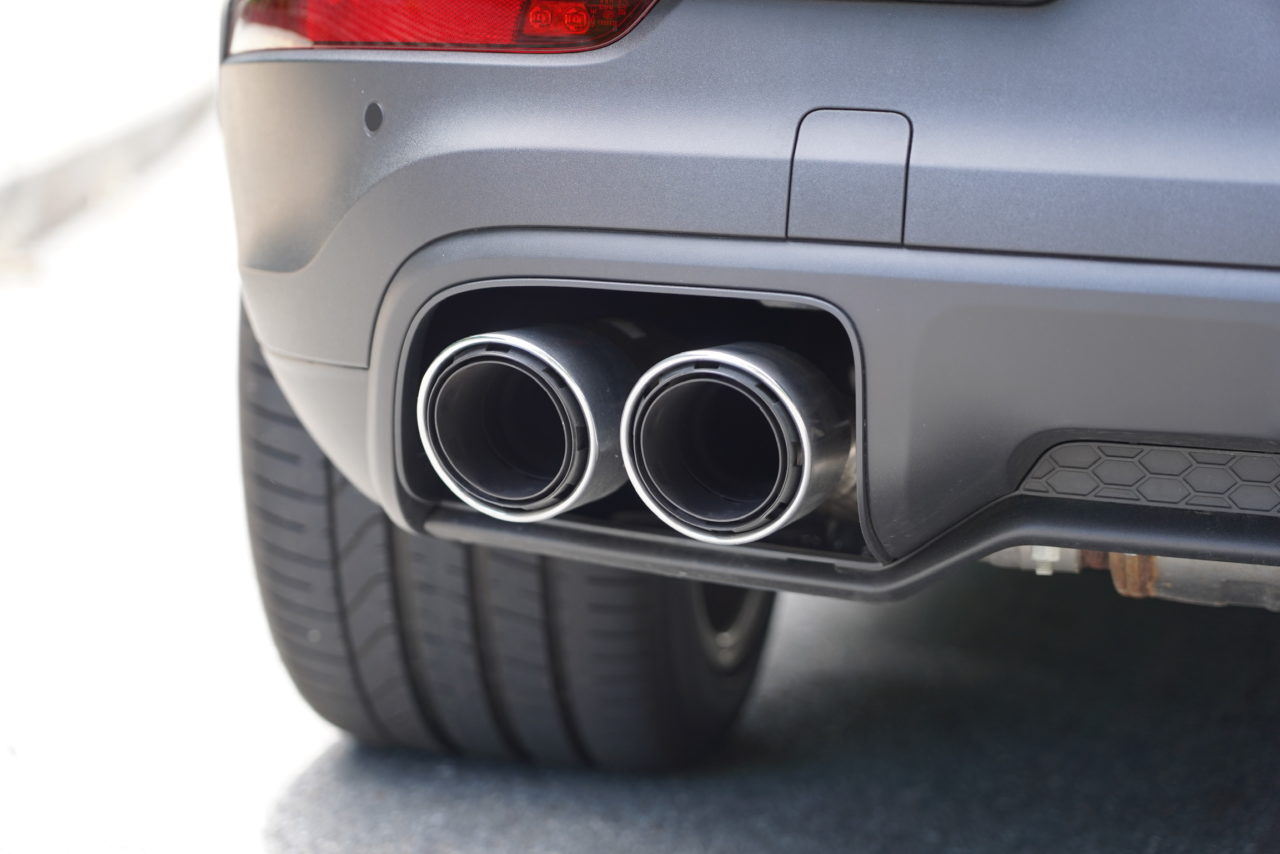
Usually gentle, but once it bares its teeth, the turbo boost kicks in hard, and combined with the downshifted gear ratio, it sometimes accelerates more than the driver expects. This is fine for a dash from a toll booth, but when you want to overtake lightly or smoothly pull ahead in city traffic, it can feel a bit overpowering.
To avoid this, you can keep it in sport mode and drive in lower gears to reduce kickdowns, which results in smoother driving, but that’s not great for fuel economy or the environment. So, I think the base Cayenne is easier to drive in city traffic.
Cayenne Coupe Ride Comfort
The ride comfort is outstanding. Truly excellent. I consider the new Cayenne one of the top vehicles currently available in terms of ride quality. I’ve driven various SUVs from other manufacturers, but few offer such a flat and smooth tire-rolling sensation.
When I previously experienced the base Cayenne, I was amazed by its ride comfort, and this Cayenne Coupe impressed me just as much. Both have excellent ride quality, but achieving this comfort with 21-inch optional wheels is remarkable.
Also, adjusting the ride height greatly changes the ride quality, so if you want a wider range of comfort, you should opt for air suspension.
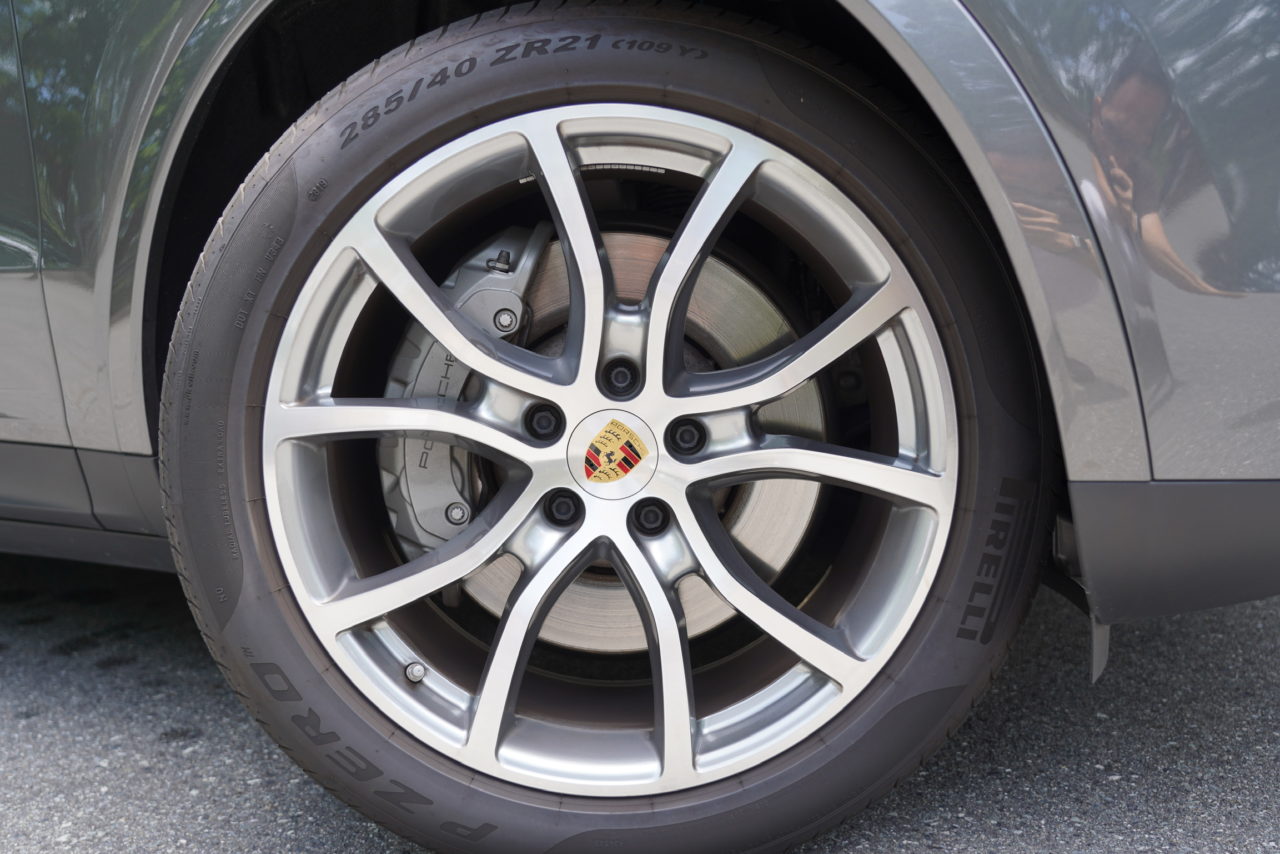
Compared to the previous generation Cayenne, the ride and driving feel are quite different. The previous model had a distinctly SUV-like feel, with a bit of sway at low speeds, typical of SUVs. The new Cayenne, in contrast, feels even flatter, more luxurious, and sportier. (It’s like the previous Cayenne plus the nimbleness and sportiness of the Macan.)
This test car did not have PDCC, while the base Cayenne I drove before did. Asked if there’s a difference, I would say yes, definitely. The PDCC-equipped model is flatter. Since the Cayenne is a tall vehicle, even with a flat ride compared to a Panamera, there is some lateral sway. But the PDCC-equipped car suppresses this significantly, minimizing lateral and vertical movement. That’s the key difference.
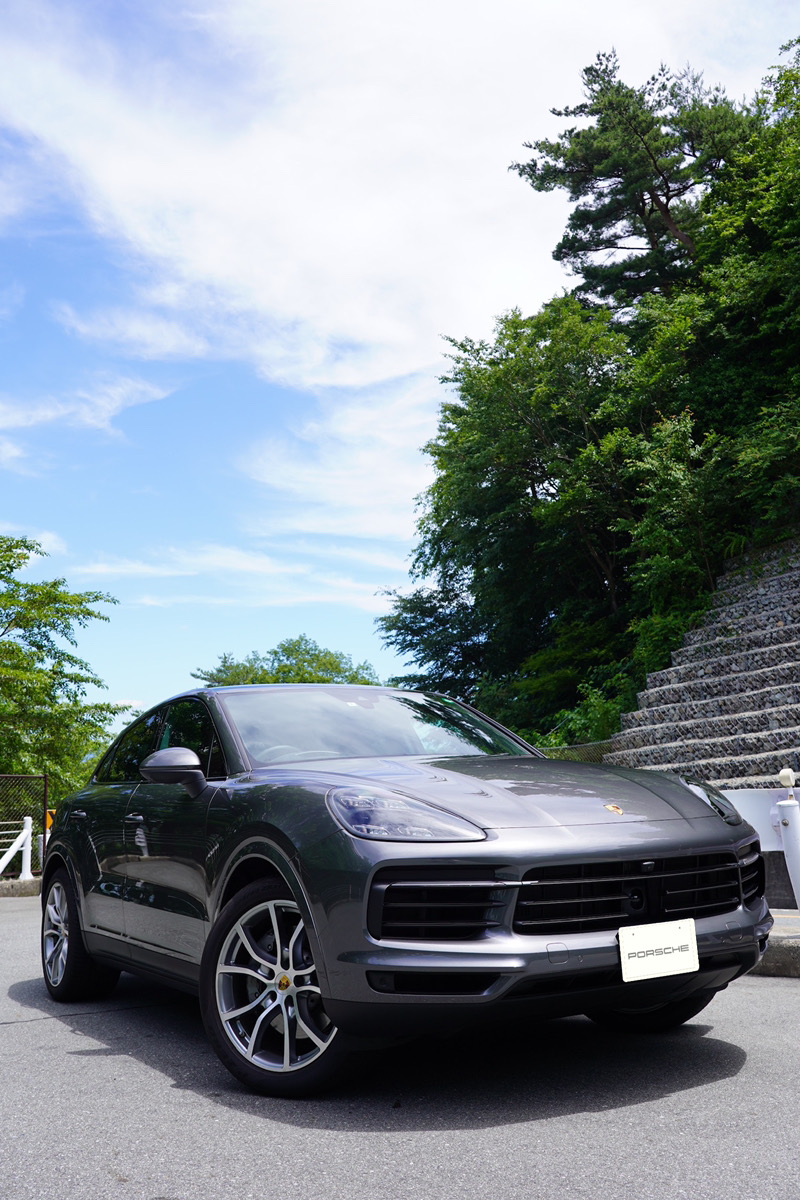
Still, even without PDCC, the new Cayenne offers a very flat ride, and very few people would find the sway uncomfortable. However, if you want sedan- or coupe-level flatness in your Cayenne, I think you should get PDCC. Personally, I love an ultra-flat ride, so I definitely want PDCC.
| Next page → Engine and Handling of the Cayenne S Coupe How Does It Perform? Final Verdict |
このブログが気に入ったらフォローしてね!


Comment ( 0 )
Trackbacks are closed.
No comments yet.